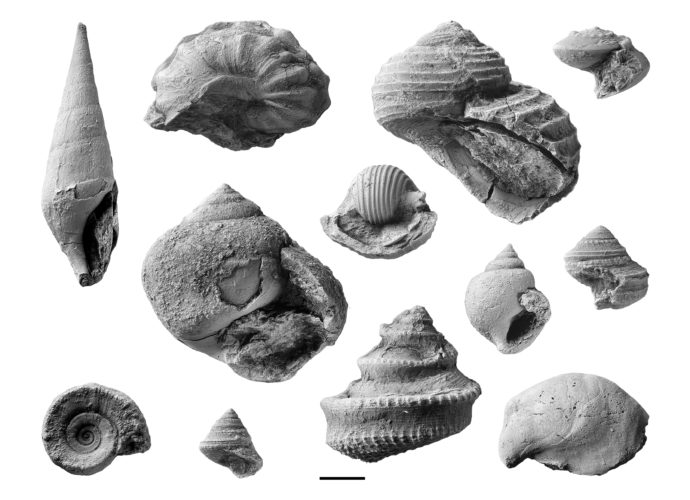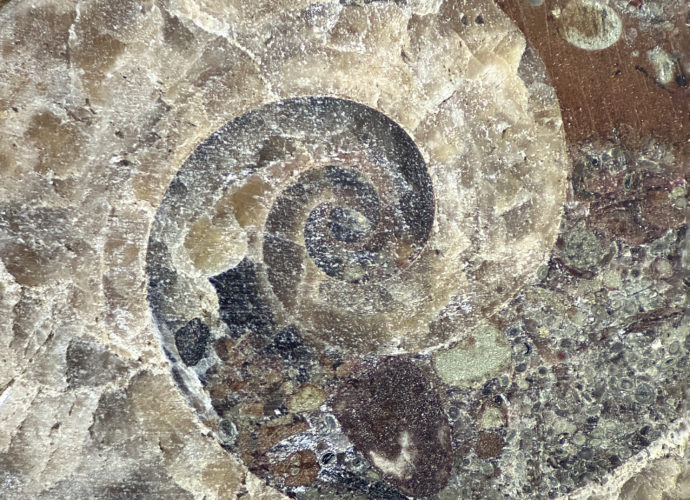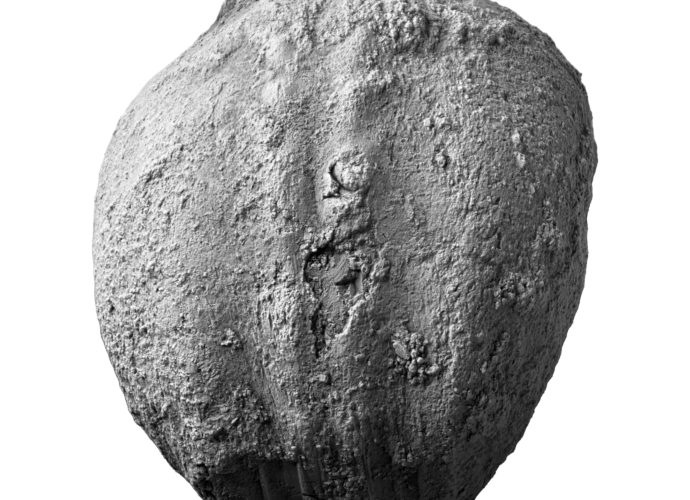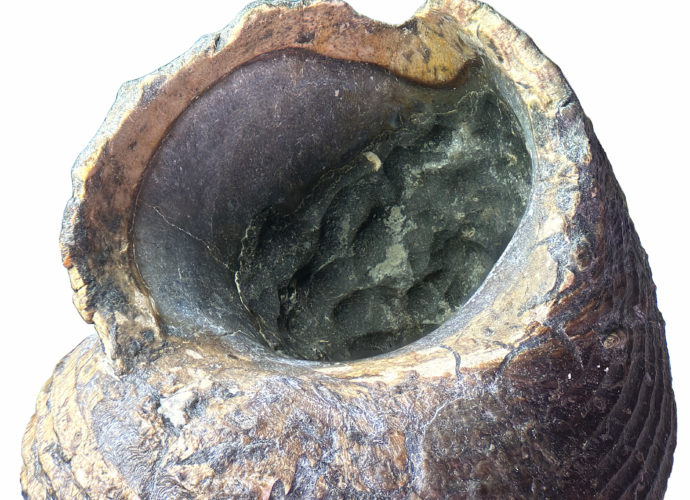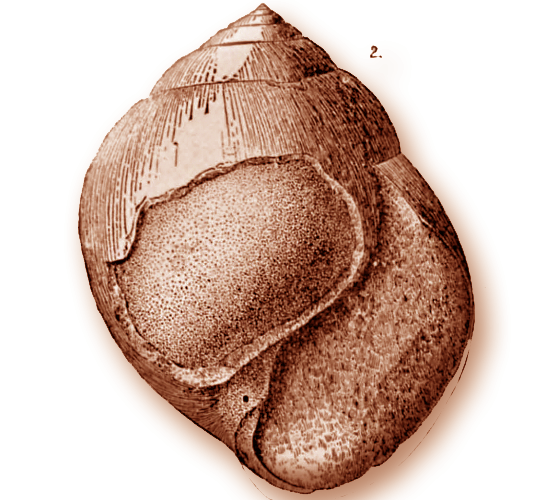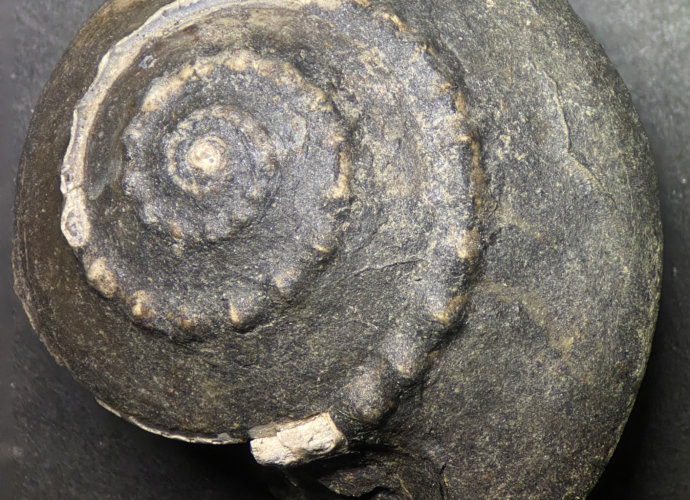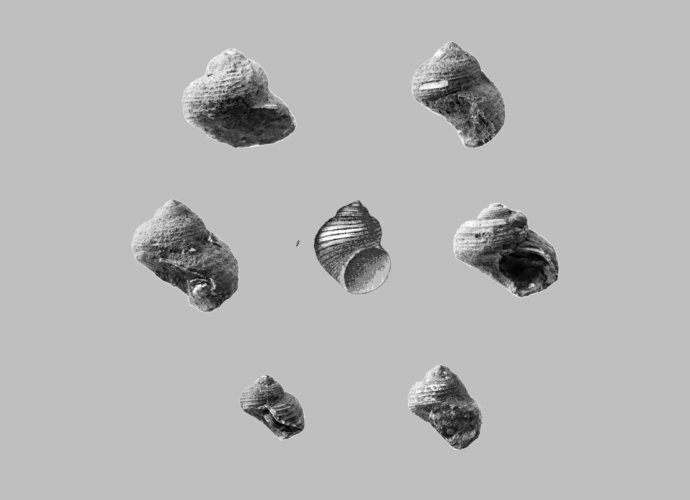Late Pennsylvanian (Kasimovian) Gastropods from the Glenshaw Formation, Armstrong County, Pennsylvania
For 2023, I produced a twelve-month calendar featuring twelve genera of gastropods collected from rocks in Armstrong County, Pennsylvania. The calendar wasn’t a big seller, I sold it at cost via LuLu and gifted several copies to friends in the paleontology community. Calendar Back Panel Text The Glenshaw Formation inRead More →

